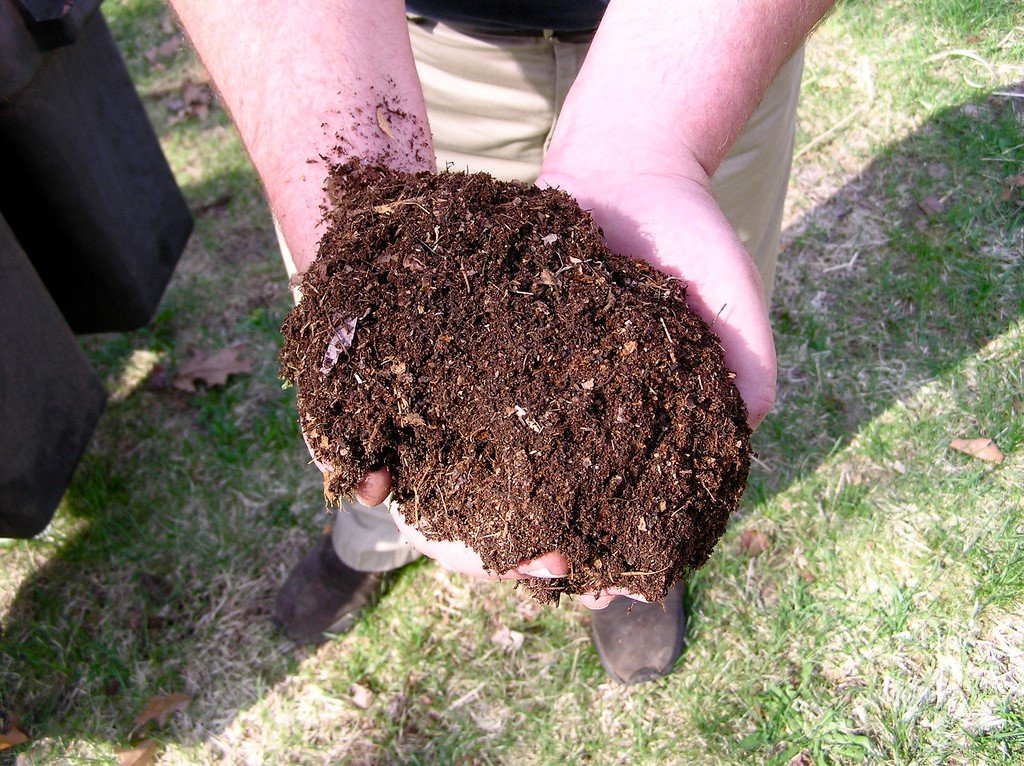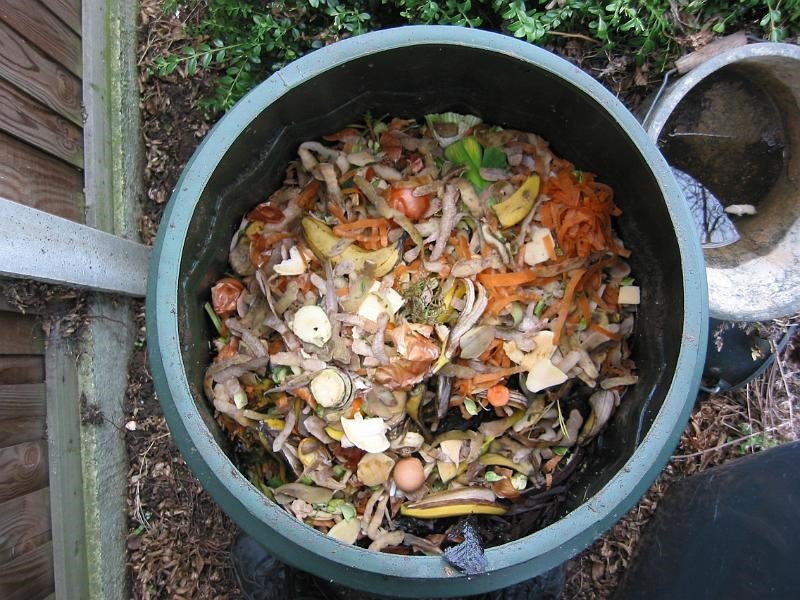Compost Q&A with Mantis gardening expert
When it comes to nourishing your soil and giving your plants the nutrients they need to grow into strong and healthy specimens, the most cost-efficient and effective way is to produce your own compost.
I spoke to Suzanne Jenkinson from gardening experts Mantis for some specialist advice on how to create the best compost for your garden. These are the questions I asked her, and the excellent responses I got!
Why should people with gardens compost?
From early Roman times, people have been adding compost to their soil to enhance the growth of plants and crops. There are many benefits to adding compost as opposed to leaving soil sterile. Adding compost improves the structure of the soil, strengthening the soil’s ability to retain nutrients, air and moisture, which all contribute to healthier, stronger crops/plants.
Compost will also attract earthworms, red worms and centipedes who will further enhance the soil quality by consuming it, processing it and passing it through their bodies, which refines it even more. Adding compost to your soil can also guard against some common pests as it contains natural suppressants, which helps to control pests and prevent some fungal diseases from occurring.
Homemade compost contains micro-nutrients such as copper, zinc, iron and manganese, which, despite being vital to healthy growth, are not present in shop bought compost. Homemade compost is also ecologically sound as you can recycle much of your household and garden waste and you are also saving money by producing it yourself. If you are really serious about it, you can ensure you have an abundant supply all year round.
What sort of things should people put into their composting bins?
You can pretty much compost anything that is organic and will break down and doesn’t contain any man-made chemicals. Most household waste such as toilet rolls, newspapers, shredded mail, cardboard, wood chippings, sawdust, wood ash from grate fires (never use coal ash though as this contains chemicals detrimental to the compost) vegetable peelings, coffee grounds, filters from coffee machines and tea leaves (removed from the bags as some are not biodegradable).
In the garden you can compost your grass cuttings, material resulting from pruning bushes and trees (these will need to be chopped or shredded first or they will take too long to break down), leaves, pine needles, straw or hay from animal bedding as well as animal waste. In fact, any animal that is a vegetarian produces good manure for composting. You can add weeds to our Compostumblers as the heat produced by the process will kill any seeds off.
Things to avoid using are paper/cardboard with a shiny surface as this will have been treated with chemicals. Dog, cat and human waste as this contain pathogens that will be harmful to plants and ultimately to humans when the crops are ingested. Do not add meat, fish, oily products, bones, sanitary products or nappies, wood cuttings or shavings from treated wood.
Experts recommend that there should be a good combination of brown and green matter that goes into formulating a good compost. Can you explain what both of these are and why it important to have an even combination of both?
Brown or carbon-rich materials are things like cardboard, wood ash, sawdust, wood chippings etc. Green or nitrogen-rich materials are things such as grass cuttings, weeds, peelings, fruit, and anything that has moisture within it. You need to include roughly a 50:50 ratio of these elements, too much green will produce a soggy, foul-smelling mess and too much brown will just sit there and do nothing. The microorganisms that process the material need equal measures of both to produce a lovely, earthy smelling, fine compost that will enhance your growing capability.
How do your circular composters work? I see some of them produce compost within 14 days – Can anyone do that?
The Mantis Compostumblers uses the ‘hot’ composting method. This means that the centre of the compost can reach temperatures of between 50-80° C/120-70°F inside the drum as the microorganisms process the material within it. In order to create compost in as little as 14 days, Mantis Compostumblers have turning handles on them so that the drum can be turned every day for five rotations once it is full. This distributes the heat generated by the composting process throughout the contents so speeding it up. Compost heaps and static drums do not allow this re-distributing of heat so the process takes much longer.
Also, using the ‘hot’ method allows you to produce compost all year round, it will continue to process if you move the Compostumbler into a shed or the garage during the coldest months.
Once you get a feel for your Compostumbler and have a season or two’s experience with it, anyone can produce lovely rich compost.
Which of your composters would you recommend for a small garden?
For small city or urban gardens, we have the Back Porch Composter, which holds 140 litres of material, which is around 2 garden refuse bags, although you can expect this to reduce down by at least a third when rotted down. This composter is made of a double wall, high density polyethylene with an insulating air cell and is on a lightweight steel tubing frame with wheels so it can be moved around the garden easily.
We also have the Compact Compostumbler for smaller urban/suburban gardens, which holds 335 litres (around 4 garden refuse bags), again this will reduce by around a third once composted. It is made of galvanised rust resistant metal with a static tubular steel frame, which is 12”/30cm off the ground.
Which of your composters would you recommend for a large garden?
We have the Original Compostumbler and the Compost-Twin, which are more than adequate for the larger garden or allotment.
The Original can hold 635 litres (approximately 8 garden refuse bags), is made of galvanised, rust proof metal and comes with a tubular metal frame that stands 27”/68cm off the ground. The door on this composter is underneath, making it easy to open it and drop the finished compost straight into a wheel barrow for putting on your beds.
The Compost-Twin consists, as the name suggests, of two galvanised steel, rust proof drums, which will hold 350 litres each (a total of approximately 9 75 litre garden refuse bags) and is for the serious gardener or allotmenteer. The beauty of this composter is that you can have two lots of compost on the go to be ready at different times, meaning that you will always have finished compost available. The frame that comes with this composter is also make of tubular steel and the bins open from underneath as before.
All the Mantis Compostumblers are rodent/pest proof due to the sealed chamber, which will keep all pets and wildlife out of your compost.


